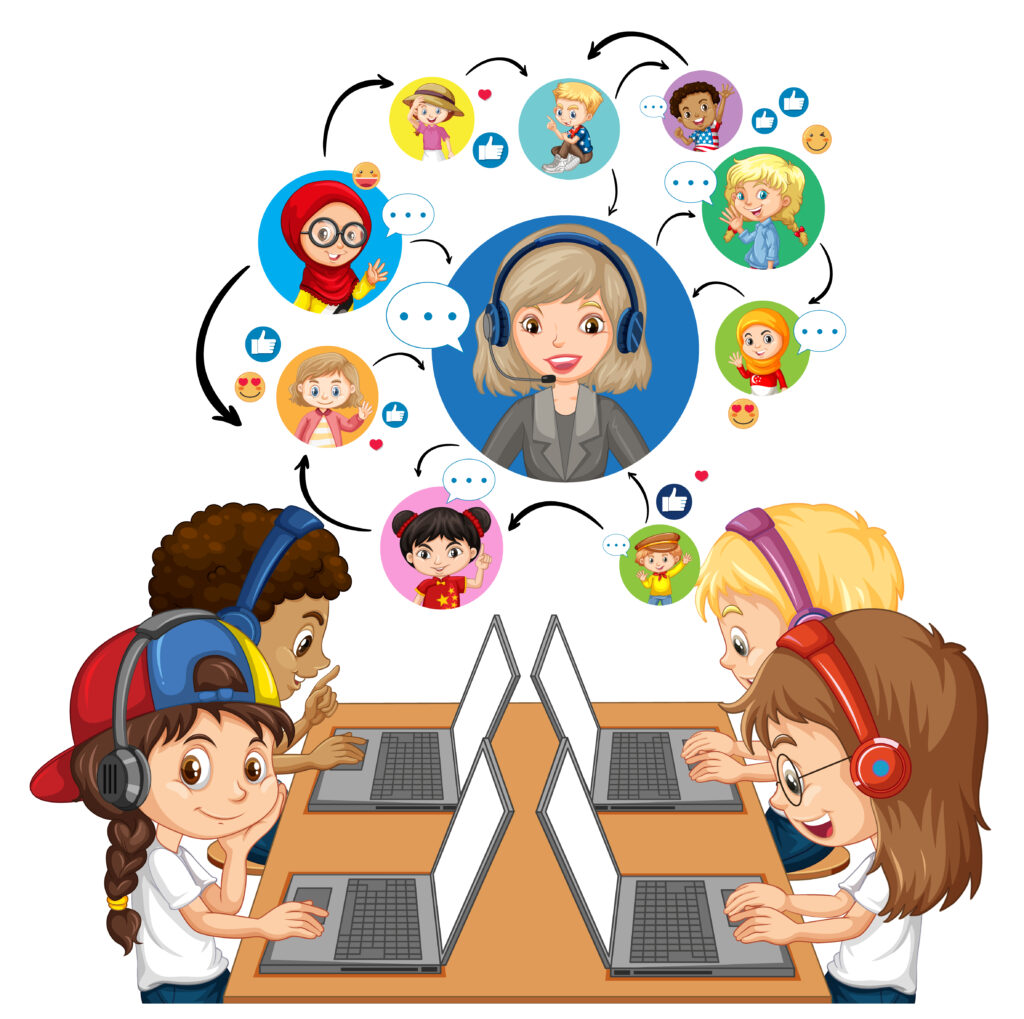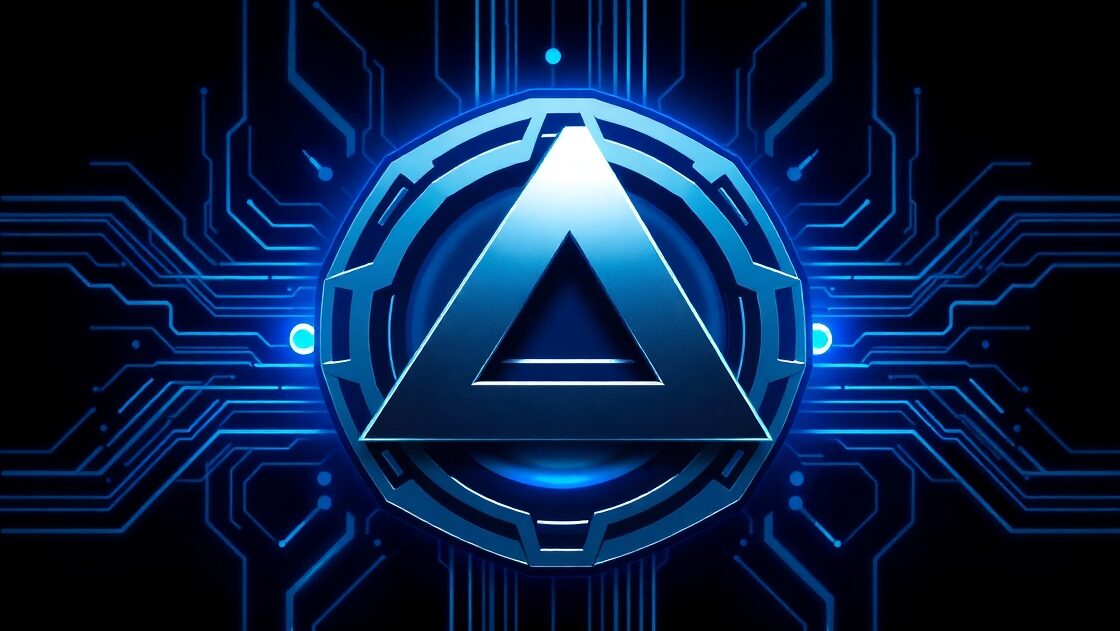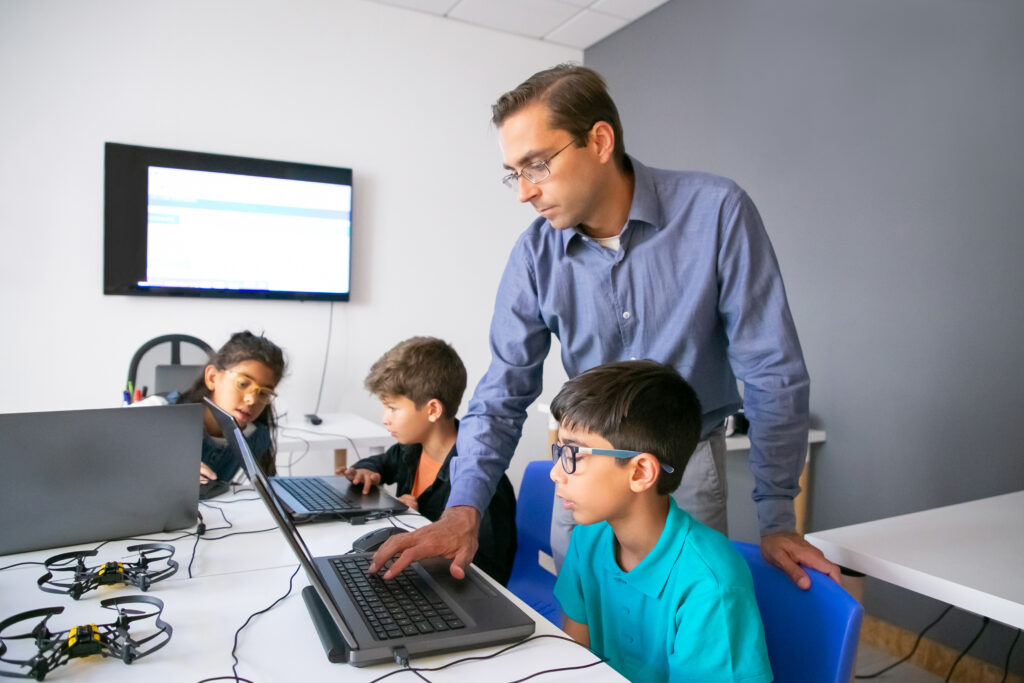Technology in the Classroom
The traditional approach to education has undoubtedly changed for the better as a result of technology. Learning has become more fun and participate. The educators and learners themselves have no doubt, at their disposal, a number of tools and smart devices which help foster effective learning experiences. Still, as with every step forward, advanced technology brings both benefits and challenges. This article intends to unpack the advantages and disadvantages of technology in classroom in order for educators and learners to make the right choices.
If you learn more about other technologies and AI advancement than Click here.
Pros of Technology in the Classroom

1. Enhanced Learning Experience with Educational Technology
The degree of progress on how concepts and knowledge are taught makes learning interesting, engaging, and even more enjoyable than before. Quite difficult topics can easily be understood with animations and videos related to the topic at hand. Learners are able to interact with the various types of media content which help enhance their understanding and retention.
2. Access to a Wealth of Technology in the Classroom
Learners, especially students, have unlimited sources of information available to them on the internet. The usage of digital libraries and search engines make it possible for students to do research, write papers, and look for information that go beyond what is taught in class in seconds. Ease of access is definitely a blessing as it also fosters the student’s ability to think outside the box.
3. Use of Technology in Classroom build Encourages Collaboration and Engagement:
Technology helps students and teachers to work together. Online forums, virtual classrooms, and group projects allow them to communicate and work together. Interactive whiteboards and classroom engagement systems help to attract students.
4. Prepares Students for the Future adding Technology in Education:
Incorporating technology in education equips students with digital skills essential for the modern workforce. Learning to use software, applications, and online tools prepares them for careers in various fields, from business to engineering.
5. Personalized Learning Through Smart Learning Tools in classroom:
With adaptive learning platforms, students can learn at their own pace. Personalized learning tools analyze student performance and adjust the content accordingly. This approach helps address individual learning needs and improves overall academic performance.
6. Increases Efficiency in Teaching and Learning Through Digital Classrooms
Teachers can use technology to automate administrative tasks such as grading and attendance tracking. Online assignments and digital assessments save time and allow teachers to focus on effective teaching methods.
7. Provides Opportunities for Remote Learning with Online Learning Platforms
Technology enables online education, making learning accessible to students worldwide. Virtual classrooms provide flexibility for learners who cannot attend traditional schools due to location, health, or other constraints.
Cons of Technology in the Classroom
1. Distractions and Reduced Focus Due to Smart Devices In Classroom
One of the biggest challenges of technology in education is that students find it difficult to focus because students use devices too much to play games, use social media, or are involved in non-educational activities. Because of this, students find it difficult to focus on education.
2. Dependence on Technology in Education;
Technology in education, students start relying on it due to which students lack self-exploration and problem-solving abilities. If technology does not provide the expected results, then the efficiency and quality of work of students and teachers suffer.
3. Digital Divide and Accessibility Issues in Classroom
All students do not get access to technology in education. Economic disparities and non-availability in some regions make it impossible for students to access technology, some students benefit more from technology while others do not.
4. Health Concerns Due to Excessive Screen Time
Due to the use of technology in education, the health of students and teachers also gets affected as eye side effects, poor posture, and physical activity also get reduced. It is important to maintain a balance between physical education and digital learning so that human health can be improved.
5. Cybersecurity Risks in Digital Learning
Excessive use of online platforms increases the security risk as there is a risk of students’ personal data being leaked. Therefore, it is important to take strong measures to prevent online trust or data breach.
6. High Costs for Schools to Maintain Smart Classrooms
Due to the advancement of technology in education, schools have to purchase more devices which require a huge investment. The cost of purchasing and maintaining hardware and software is also high. Apart from this, train staff is also an important part to run the devices.
7. Reduced Social Interaction
Due to technology, students’ communication skills improve but due to this, face-to-face interaction also gets affected. Overuse of digital tools distances students from the external community which has a negative impact on students’ social development.
Balancing Technology in the Classroom
Policy makers should make policies to maximize the advantages of technology and minimize the disadvantages. Some policies can also be made;
- There should be clear guidelines for any technology being used in the classroom.
- It is important to focus on traditional learning along with digital learning.
- Students should be guided that only responsible learning technology should be used.
- Learning material that is not suitable for students should be blocked so that students cannot access it.
- It is important to invest in cybersecurity and privacy so that leakage of personal information can be avoided.
- It should be easy for all students to access learning material and technology.
Conclusion
One of the most appealing features of integrating technology into education is the enhanced experience and the ease of preparing students for the world out there. However, with every silver lining, there are a number of dark clouds as well. Issues like distraction, access to the technology, and security of information are huge hurdles. Although issues are rampant, they can be solved by using technology as a tool to implement effective learning in moderation and responsibly as that prepares learners to the real world.



